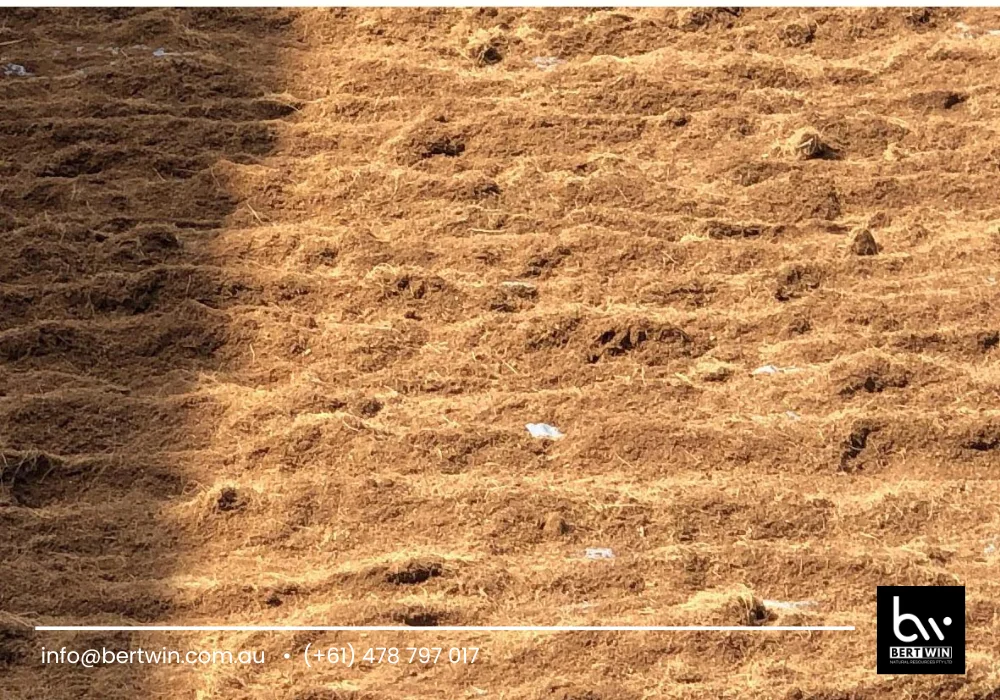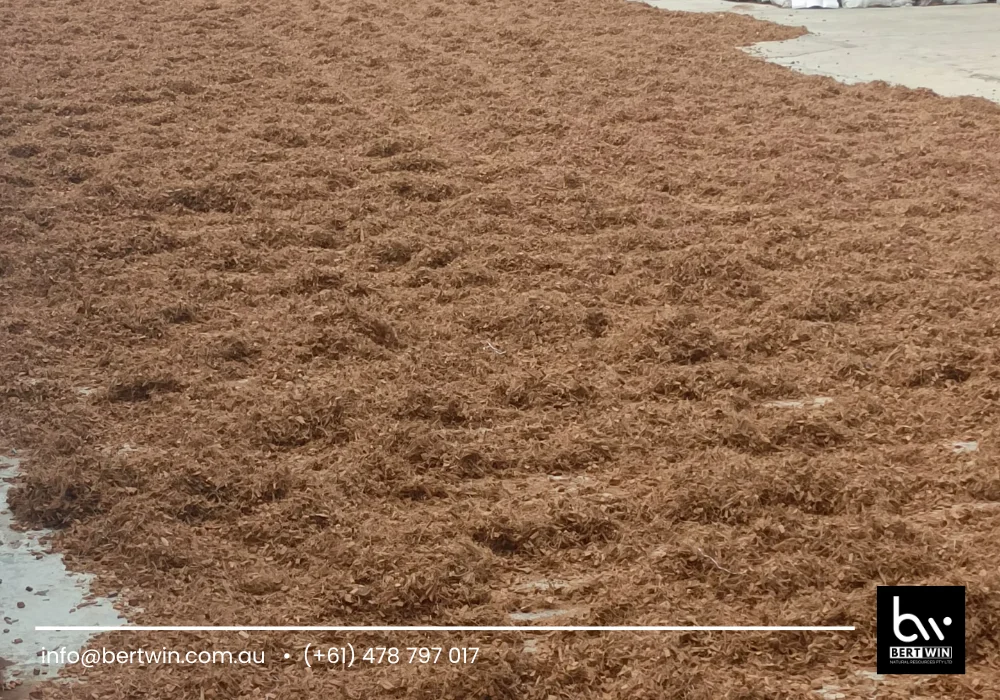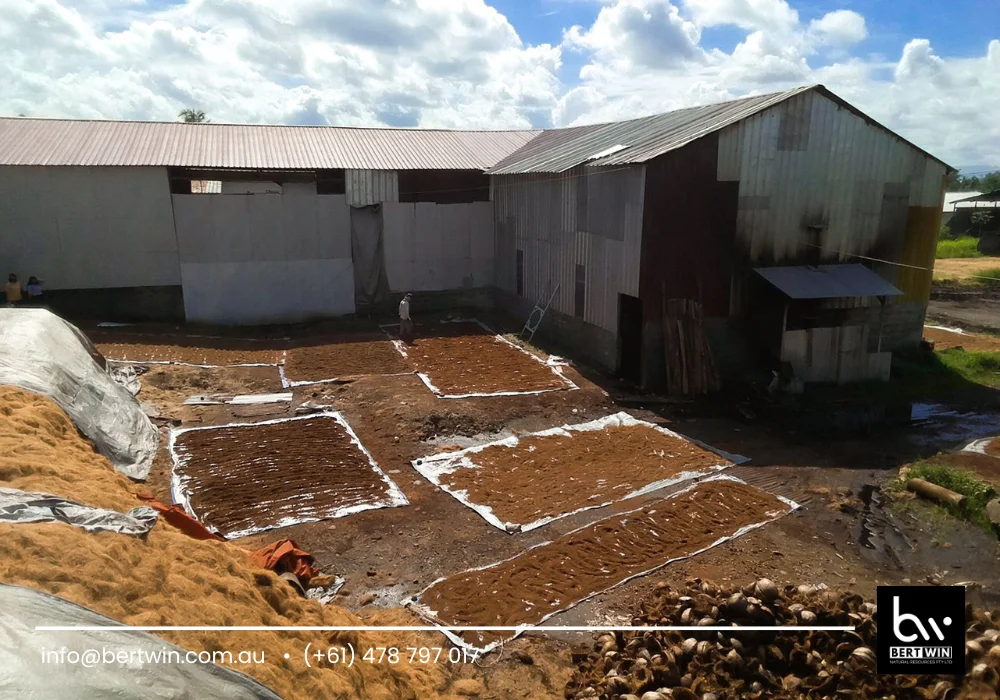
Did you know that coco peat nutrient content plays a crucial role in water retention? Coco peat can hold up to 10 times its weight in water, which is beneficial for maintaining moisture levels in the soil. This remarkable property reflects the rich nutrient content that coco peat offers. As a sustainable growing medium, it provides essential nutrients, enhancing soil structure and moisture retention. It’s rich in potassium and has a balanced pH level, ideal for various crops. A thorough understanding of coco peat nutrient content can significantly enhance your gardening or farming practices. Explore the benefits and discover how this eco-friendly option can elevate your growing experience.
Key Nutrients in Coco Peat
Lignin and Its Role
Lignin, a critical part of coco peat nutrient content, enhances the structure and stability of the medium. This component aids in retaining moisture while supporting air circulation. Optimal nutrient content in coco peat is partially attributed to lignin, contributing to healthy plant growth.
Sodium Nitrate Benefits
ium nitrate serves as a source of nitrogen. It promotes healthy leaf growth and overall plant development. Plants absorb this nutrient quickly, making it effective for boosting growth. Using sodium nitrate in coco peat can lead to healthier plants.
Phosphorus and Potassium Impact
Phosphorus is essential for root development and flowering. It aids in the transfer of energy within plants. Potassium supports overall plant health by regulating water uptake. Both elements, cocopeat and coir, are crucial nutrient bases for maximising crop yields in coco peat.
Other Essential Elements
Cocopeat contains other essential nutrients like calcium, magnesium, and iron. Calcium strengthens cell walls, while magnesium plays a role in photosynthesis. Iron is necessary for chlorophyll production. These elements contribute significantly to plant vitality.

Chemical Properties of Coco Peat
Nutrient Supply Capacity
The coco peat nutrient content is a significant factor in its supply capacity, containing essential elements like potassium, magnesium, and calcium. The nutrient content can vary based on processing, with treated coco peat often having improved nutrient availability.
The pH level of untreated cocopeat ranges from 5.5 to 6.5. This range is suitable for most plants. However, treated cocopeat may have a more balanced pH, enhancing nutrient absorption.
Comparison with Coir Materials
Unlike other coir materials, coco peat is uniquely suited to retain moisture and nutrients, showcasing its superior nutrient content. While coir fibers add structure, coco peat’s nutrient retention makes it a prime choice for growing mediums, particularly in comparison to traditional soil due to its enhanced aeration and drainage capabilities.
Effectiveness as a Growing Medium
Coco peat is an effective growing medium for various plants. Its high water retention helps maintain soil moisture levels without overwatering. Many gardeners prefer coco coir over soil due to its environmental benefits.
Using coco peat reduces the need for chemical fertilisers. This leads to healthier plant growth and fewer environmental impacts. The versatility of coco peat allows it to be used in pots, seed trays, and hydroponic systems.
Enhancing Coco Peat Nutrient Content
Selecting Nutrient Options
Coco peat, derived from coconut husk, offers a rich organic carbon content. This makes it an excellent medium for plant growth. Local cocopeat producers often recommend mixing coco coir with other nutrients. This enhances its nutrient profile. Using coco coir can support healthy root development. Combining it with fertilisers can boost nutrient availability.
Boosting Nutrient Levels
Adding specific nutrients can significantly improve coco peat’s effectiveness as a growing medium. For instance, incorporating cocopeat leachate can provide essential minerals and micronutrients. This liquid is rich in nutrients that help plants thrive. Using coco pebbles alongside cocopeat media can enhance aeration and drainage. This combination supports robust growth and prevents root rot.
Ensuring Optimal Plant Health
Healthy plants require balanced nutrition. Regular testing of the coco coir medium ensures nutrient levels remain adequate. Adjusting the nutrient mix based on plant needs promotes optimal health. Incorporating organic amendments can also improve soil structure and fertility. The international coconut community focuses on sustainable practices to ensure high-quality coco harvests. These methods promote long-term soil health and productivity.

Final Remarks
Coco peat is a powerhouse for your plants. It’s packed with essential nutrients and has amazing chemical properties. By enhancing its nutrient content, you can boost your garden’s health and productivity. This versatile medium can be a game changer for both novice and seasoned gardeners.
Don’t miss out on the benefits of coco peat. Explore its potential in your gardening practices today. Try incorporating coco coir into your soil mix or as a standalone growing medium. Your plants will thank you! Dive deeper into the world of coco peat and discover how it can transform your gardening experience.
Frequently Asked Questions
What nutrients are found in coco peat nutrient content?
Coco peat contains essential nutrients like potassium, phosphorus, and magnesium. It’s also rich in organic matter, which enhances soil fertility and promotes healthy plant growth.
How does the nutrient content of coco peat compare to soil?
Coco peat has a lower nutrient content than traditional soil but offers excellent water retention and aeration. It serves as a great base for growing media when combined with fertilisers and coco coir.
Can I use coco peat alone for my plants?
While coco peat can be used alone, it’s best mixed with other substrates or fertilisers. This ensures that plants receive adequate nutrients for optimal growth.
How can I enhance the nutrient content of coco peat?
You can enhance coco peat’s nutrient content by adding organic fertilisers, compost, or slow-release fertiliser pellets. This will improve its overall effectiveness as a growing medium.
Is coco peat environmentally friendly?
Yes, coco peat is an eco-friendly alternative to peat moss. It’s a renewable resource made from coconut husks, promoting sustainability in gardening and horticulture.
How often should I replace coco peat in my garden?
Replace coco peat every 1-2 years, depending on usage. Regularly replenishing it helps maintain its structure and nutrient content for healthier plants.
Can coco peat help with water retention in dry climates?
Absolutely! Coco peat retains moisture effectively, making it ideal for dry climates. It reduces the frequency of watering while ensuring plants have access to water when needed.
In conclusion, if you are eager to delve deeper into the details of coir products, feel free to explore our website at www.bertwin.com.au. Additionally, for direct and instant connection with our team, you can reach us through the following WhatsApp link here. We look forward to providing you with the information and assistance you need.
